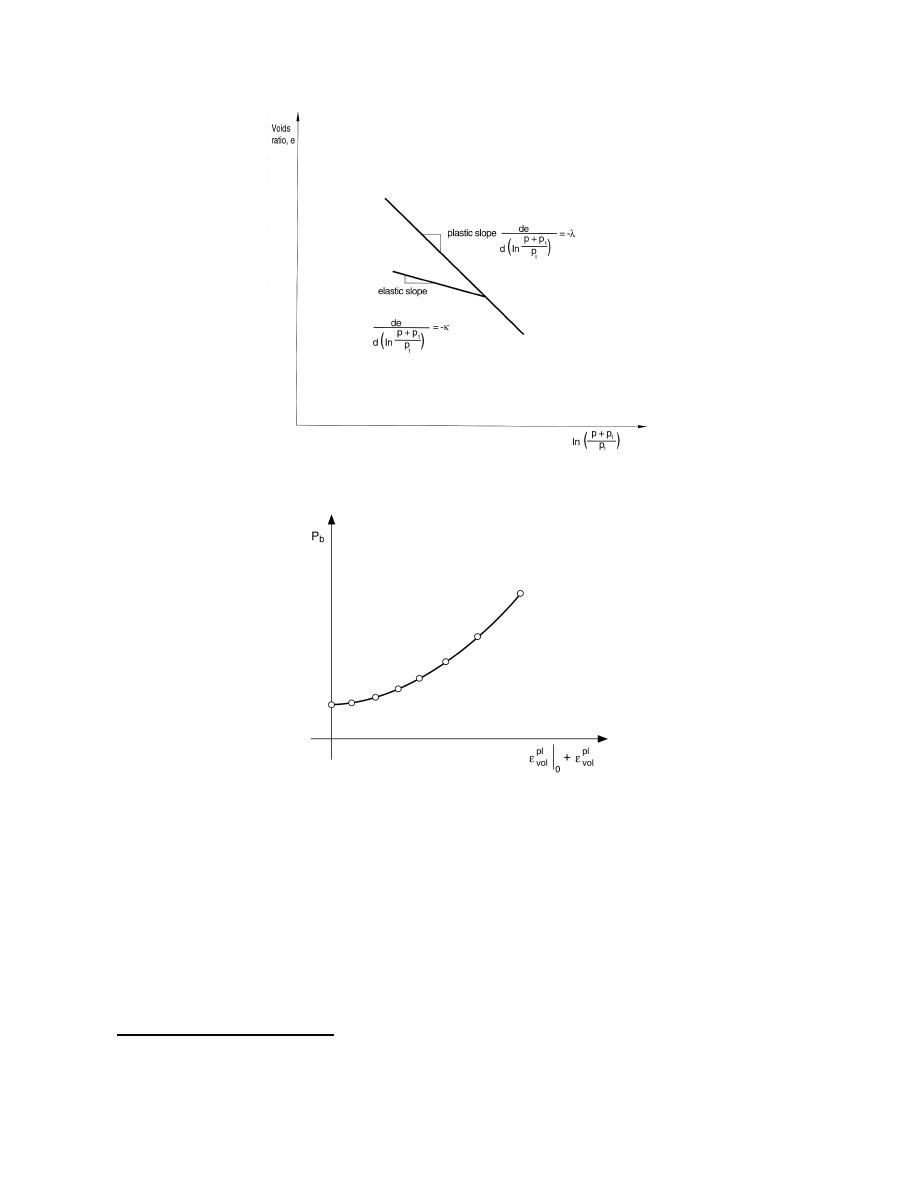
Figure 14. Exponential hardening law for material in hydro-
static compression.
Figure 15. Piecewise linear modeling of the
hardening law. (After HKS 1998.)
some of these features without the cumbersome
Hardening can be modeled as isotropic hardening,
tracking of yield surfaces by engaging a series of
where the yield surface grows equally in all direc-
yield surfaces (failure mechanisms). The MMM con-
tions, or as kinematic hardening, where the yield sur-
cept has been successfully applied to modeling the
face moves as a rigid body in principal stress space
cyclic loading of pavements by Smith (2000). This
(Fig. 16). Kinematic hardening is more accurate for
constitutive model is still under development and is
modeling cyclic loading of soils but is more compu-
currently being calibrated for loose, thawing soil be-
tationally intensive. A combination of the two types
havior for future applications to tireterrain model-
of hardening is probably the best representation for
ing. The material models implemented in this study
cyclic loading of soil. The Multi-Mechanical Model
use isotropic hardening, which is considered a rea-
(MMM) proposed by Peters (1991)* implements
sonable approximation for monotonic loading (one
pass of the wheel).
* Also personal communication, Geotechnical and
Structures Laboratory, ERDC, Vicksburg, MS, 1999.
9



 Previous Page
Previous Page
